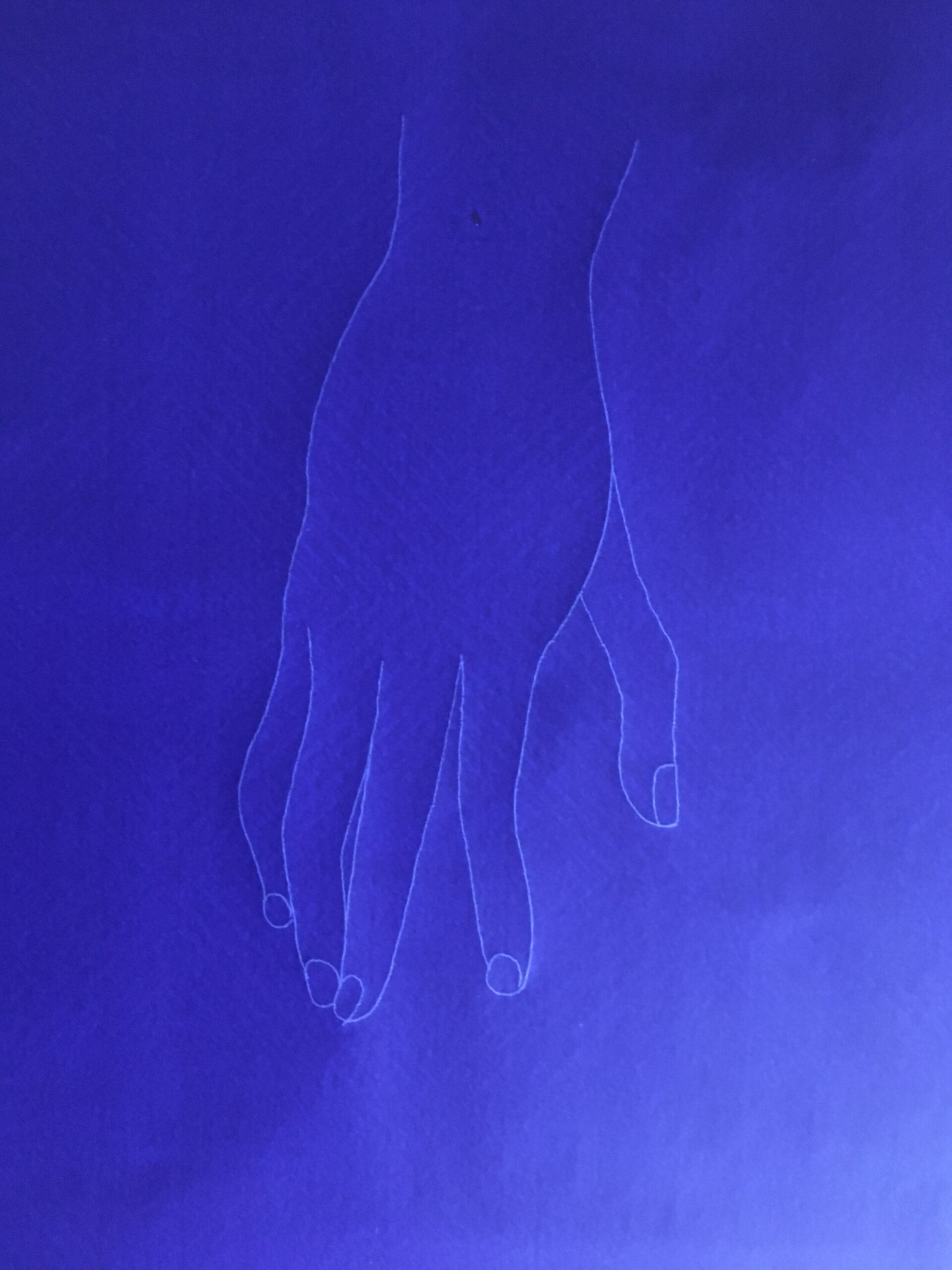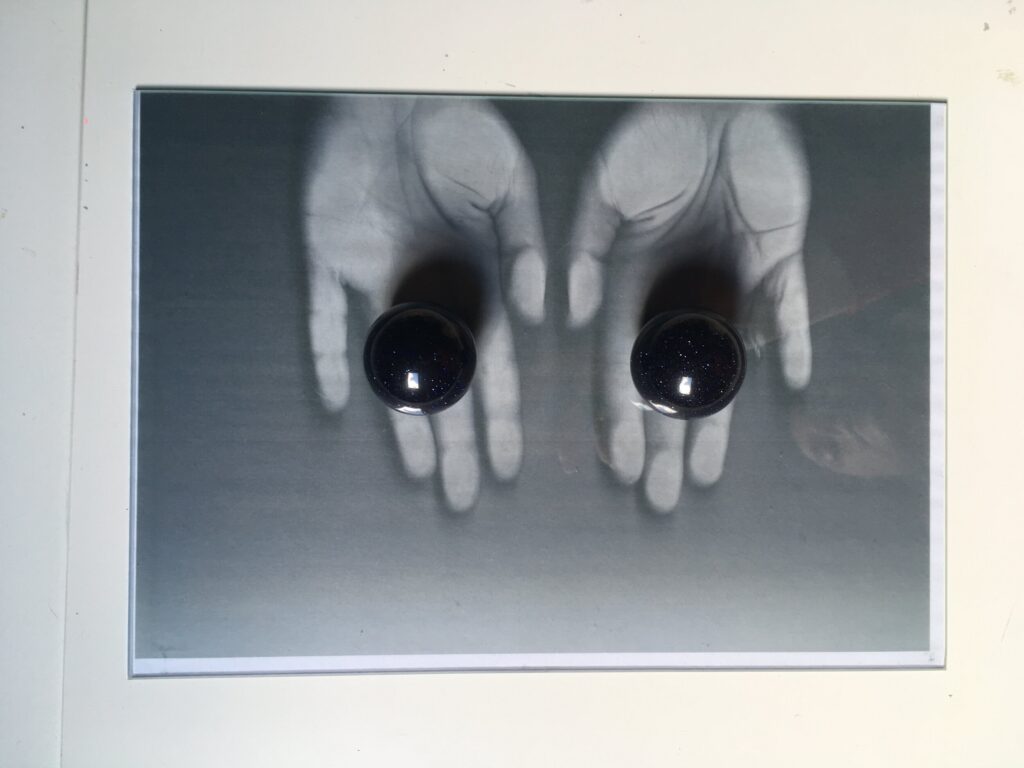

I think of intertextuality (from writerly citationality to visual iconography or musical samples) as a form of adaptive reuse. Especially when it comes to citations, they come closer to literally repurposing existing material, rather than just referencing its existence. My interest in citational devices stems from autotheory, so I suppose a specific reference would have to come from my library favourites.
My personal autotheory ground zero is Maggie Nelson’s œuvre. Her Argonauts has gotten all the kudos, but I am a Bluets devotee, and what she did, intertext-wise, with Jane: A Murder is pretty extraordinary. When I first read her work, I was blown over by the blend of rigour and playfulness (or if you prefer, given some of the topics she handles, lyricism). I became obsessed with citational practices.
Attribution is in itself quite a formal, academic gesture (and a necessary one at that, too!). But in performative and autotheoretical writing, there is some space to play with it, stretch it, de-contextualise it (Nelson herself has said about this: “the way that you play doesn’t have to be stapled down into the dichotomy of reverence-for-daddy vs. disobedience-to-daddy, either. It can be something else entirely”). I like thinking of this as a kind of creative constraint-turned-prompt: how do you acknowledge all the existing material that you think with? How do you weave it into your own work? How do you reflect it on a page (or any other medium)? For example, in Jane: A Murder, Nelson uses fragments from her aunt Jane’s diaries and newspaper fragments to tell a true-crime story in a way that is poetic (as in, it is literally poetry) and victim-centric, refusing gore and sensationalism. To me, the creative-critical use of citations can hold a text with a complicated nuance. I read Nelson for the first time at the end of an MFA, and it was life-changing – I’ve been chasing the high of her citations (and everything else!) since.
The acknowledgement referential practices engage is important to establish a relationship with the past – with all sorts of histories and heritages. Jane: A Murder gives the perspective of a family’s loss, which is relatively unusual; and more specifically, that of someone growing up in the shadow of a terrible event. It does something interesting with time and distance: it brings the memory of Jane’s life closer, uses her own words, makes her very real; but at the same time, presents it all as a complete work of literature, which in turn generates the distance needed for a text to be public. So, there is something to do with scale, too, and proportion, and even form. As I mentioned above, I think these kinds of strategies are very important to strike an impossible balance between the embodied, personal, and intimate; and the greater world and the knowledge it contains. I do not mean that the self should be a central focus to adaptive practices, on the contrary: I think we can use the self as a tool to better centre on what is being adapted. It’s an outward motion, not an inward one.
Citations, references, annotations – they are all quite closely related. Something I like about the Barthesian inheritance in autotheoretical work is the marginalia – oftentimes, references are pinned in the margins, instead of in a footnote or (the horror!) an endnote. In a way, autotheory is annotation, it mingles personal insight with other materials. I very much enjoy structural (architectural, even) issues that come up when writing in non-typical academic ways: how do these pieces belong together? How is their relation evidenced on a page? How is the text to be inhabited and navigated? (references in the back of my mind often include ergodic literature and Johanna Drucker’s Diagrammatic Writing).
